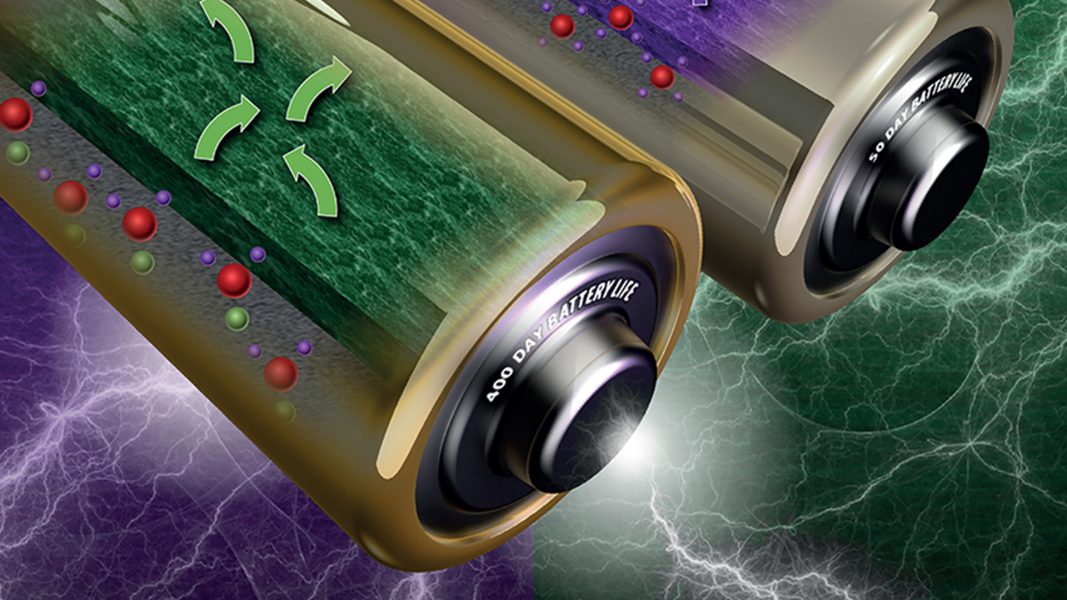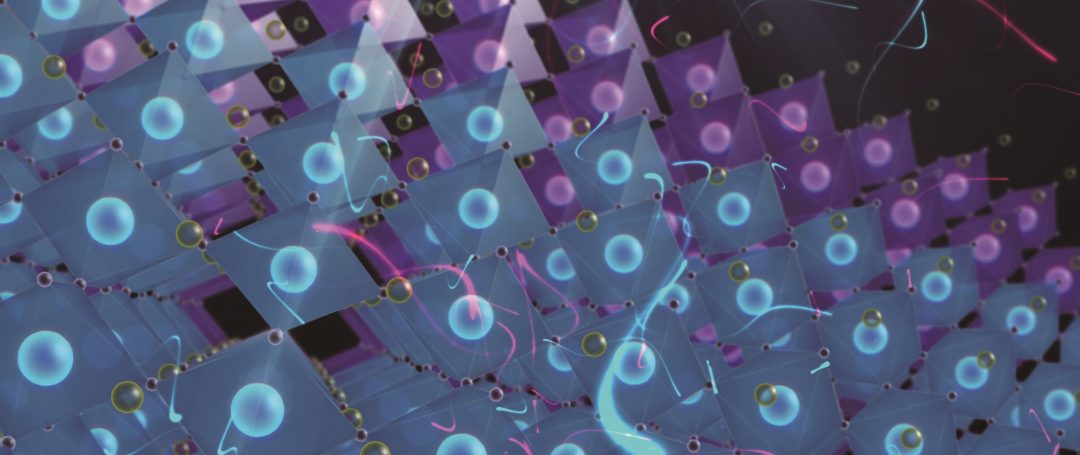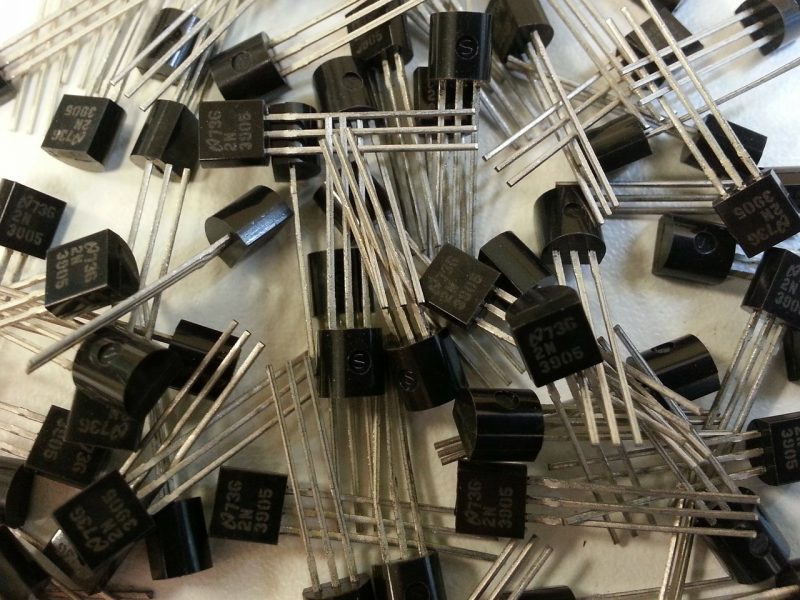A reinforced glass microfiber membrane blocks dendrites and oxygen, leading to a highly stable battery.
![Enhancing the Stability and Rechargeability of Sodium–Oxygen Batteries [Video]](https://www.advancedsciencenews.com/wp-content/uploads/2018/12/aenm201802603_ASN_image.jpg)
![Enhancing the Stability and Rechargeability of Sodium–Oxygen Batteries [Video]](https://www.advancedsciencenews.com/wp-content/uploads/2018/12/aenm201802603_ASN_image.jpg)
A reinforced glass microfiber membrane blocks dendrites and oxygen, leading to a highly stable battery.

Henry Snaith and Zhiping Wang discuss the reasons behind thermal instability in perovskite structures, and the solutions under investigation.
![Next-Generation Membrane Material for Proton Ceramic Fuel Cells [Video]](https://www.advancedsciencenews.com/wp-content/uploads/2018/09/aenm201801315_ASN_image.png)
A very thin, high-performance electrolyte membrane material for protonic ceramic fuel cells is prepared.

A model to predict degradation of lithium metal batteries at rest and the electrolyte composition over time is developed.

There’s no stopping the development of TENGs

A peek into the Advanced journal archives reveals some of the interesting and creative work published over the years that is still being cited today.

Haoshen Zhou takes a moment to outline the challenges for researchers trying to interface electrodes with solid electrolytes.

Weiguang Xie and Jianbin Xu explain the problems caused by grain boundary defects in perovskite materials used to create solar cells.

A team at KIT has reached a new limit for electronics, with a quasi-solid-state transistor that functions via the switching action of a single atom.

Solid-state and calcium-ion technologies, new SEI concepts, and intercalation electrodes are at the top of the list for the latest advanced battery research.